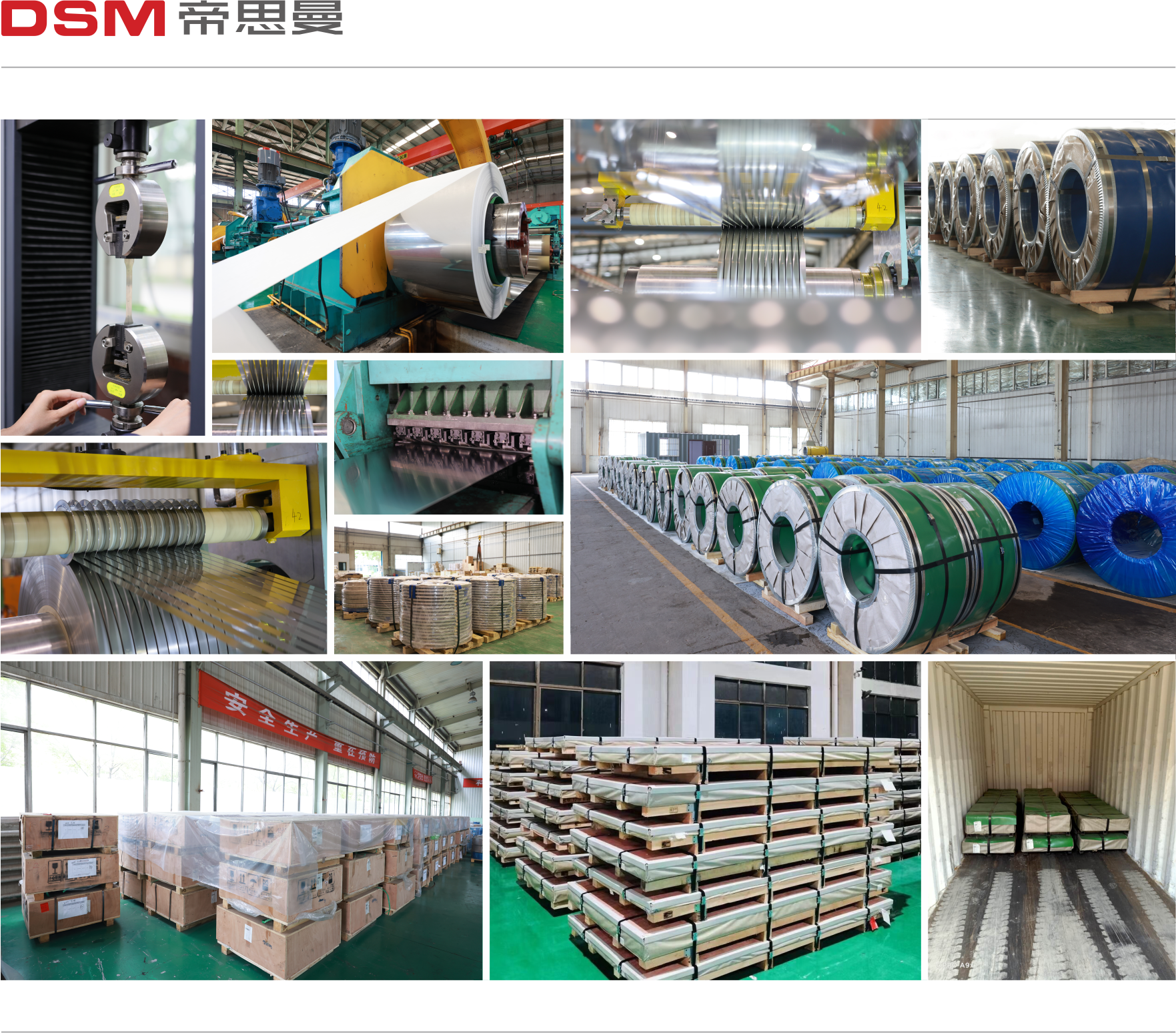| Availability: | |
|---|---|
316
TYPE 316 is widely used in applications requiring corrosion resistance superior to Type 304, or good elevated temperature strength. Typical uses include exhaust manifolds, furnace parts, heat exchangers, jet engine parts, pharmaceutical and photographic equipment, valve and pump trim, chemical equipment, digesters, tanks, evaporators, pulp, paper and textile processing equipment, parts exposed to marine atmospheres and tubing.
Type 316L is used extensively for weldments where its immunity to carbide precipitation due to welding assures optimum corrosion resistance.
Chemical Composition
| C % | Si % | Mn % | P % | S % | Cr % | Ni % | MO % | N % |
| ≤0.03 | ≤0.75 | ≤2.00 | ≤0.045 | ≤0.030 | 16.00-18.00 | 10.00-14.00 | 2.00-3.00 | ≤0.10 |
Standards
EU EN | JAPAN JIS | China GB | USA ---- |
| 1.4401 | SUS 316 | 06Cr17Ni12Mo2 | 316 |
Application
Marine and Coastal Environments
Chemical Processing Equipment
Food Processing
Medical Devices
Architecture
Mechanical properties
| Tensile strength(Min) | |||

TYPE 316 is widely used in applications requiring corrosion resistance superior to Type 304, or good elevated temperature strength. Typical uses include exhaust manifolds, furnace parts, heat exchangers, jet engine parts, pharmaceutical and photographic equipment, valve and pump trim, chemical equipment, digesters, tanks, evaporators, pulp, paper and textile processing equipment, parts exposed to marine atmospheres and tubing.
Type 316L is used extensively for weldments where its immunity to carbide precipitation due to welding assures optimum corrosion resistance.
Chemical Composition
| C % | Si % | Mn % | P % | S % | Cr % | Ni % | MO % | N % |
| ≤0.03 | ≤0.75 | ≤2.00 | ≤0.045 | ≤0.030 | 16.00-18.00 | 10.00-14.00 | 2.00-3.00 | ≤0.10 |
Standards
EU EN | JAPAN JIS | China GB | USA ---- |
| 1.4401 | SUS 316 | 06Cr17Ni12Mo2 | 316 |
Application
Marine and Coastal Environments
Chemical Processing Equipment
Food Processing
Medical Devices
Architecture
Mechanical properties
| Tensile strength(Min) | |||

